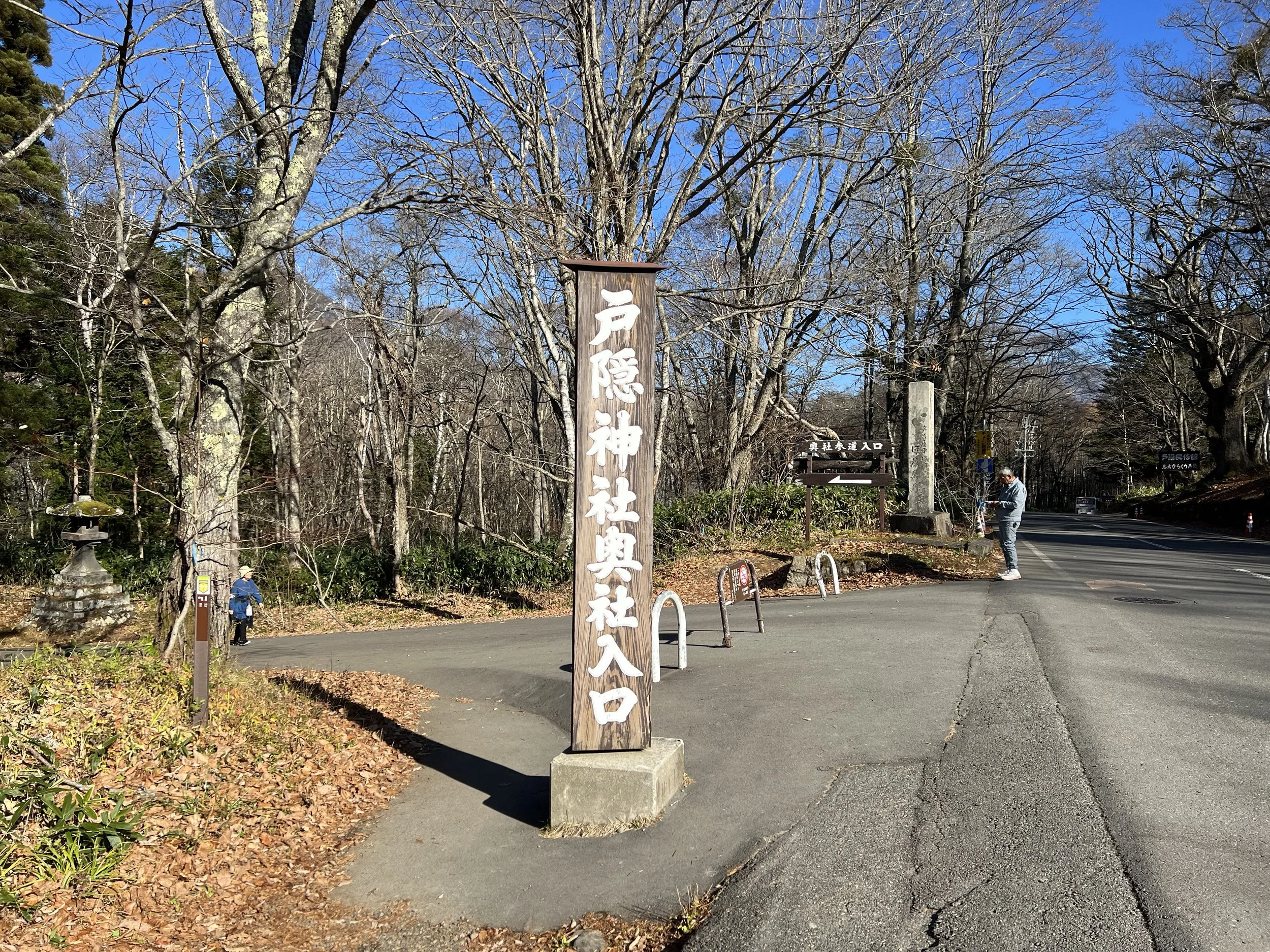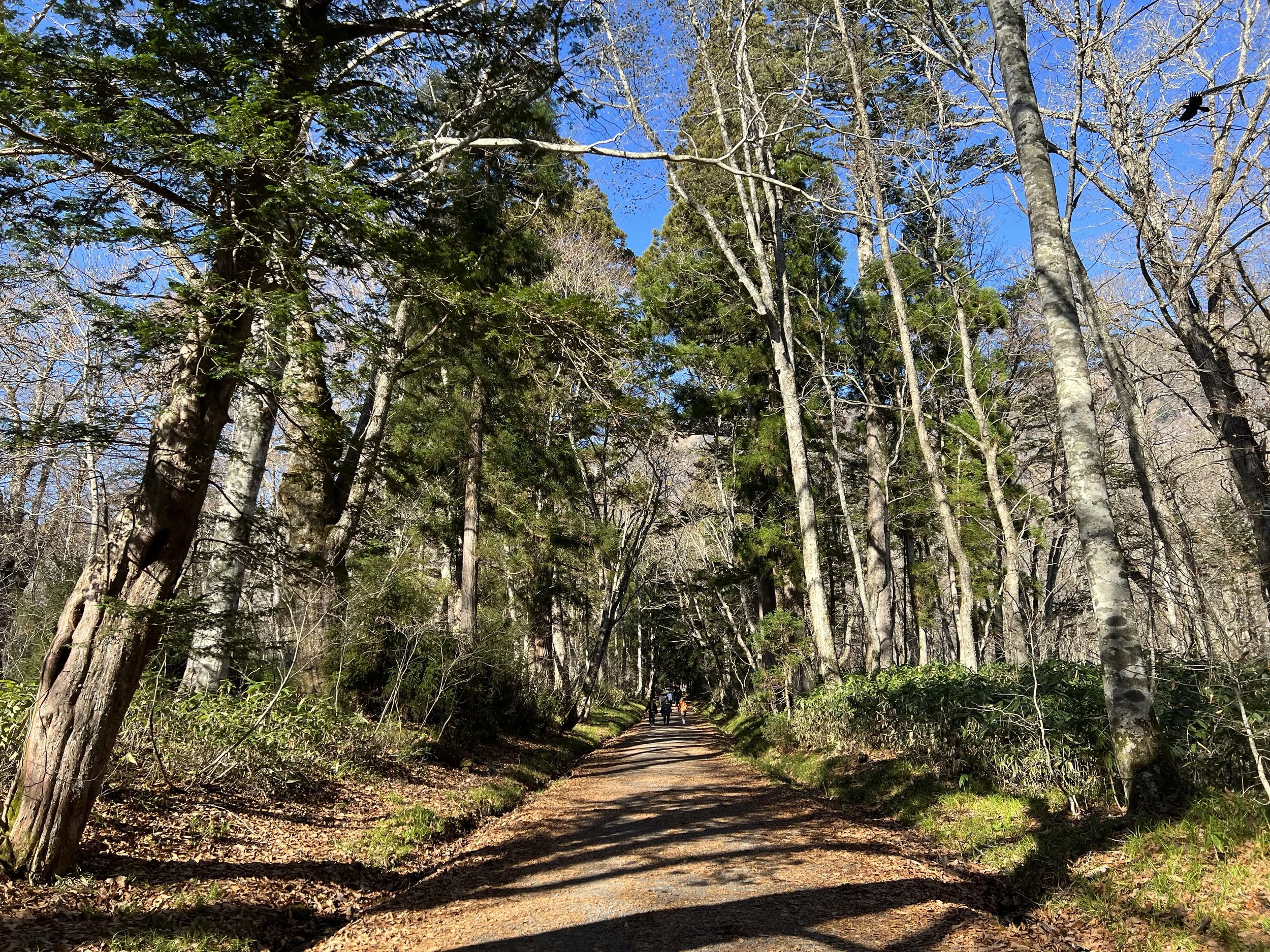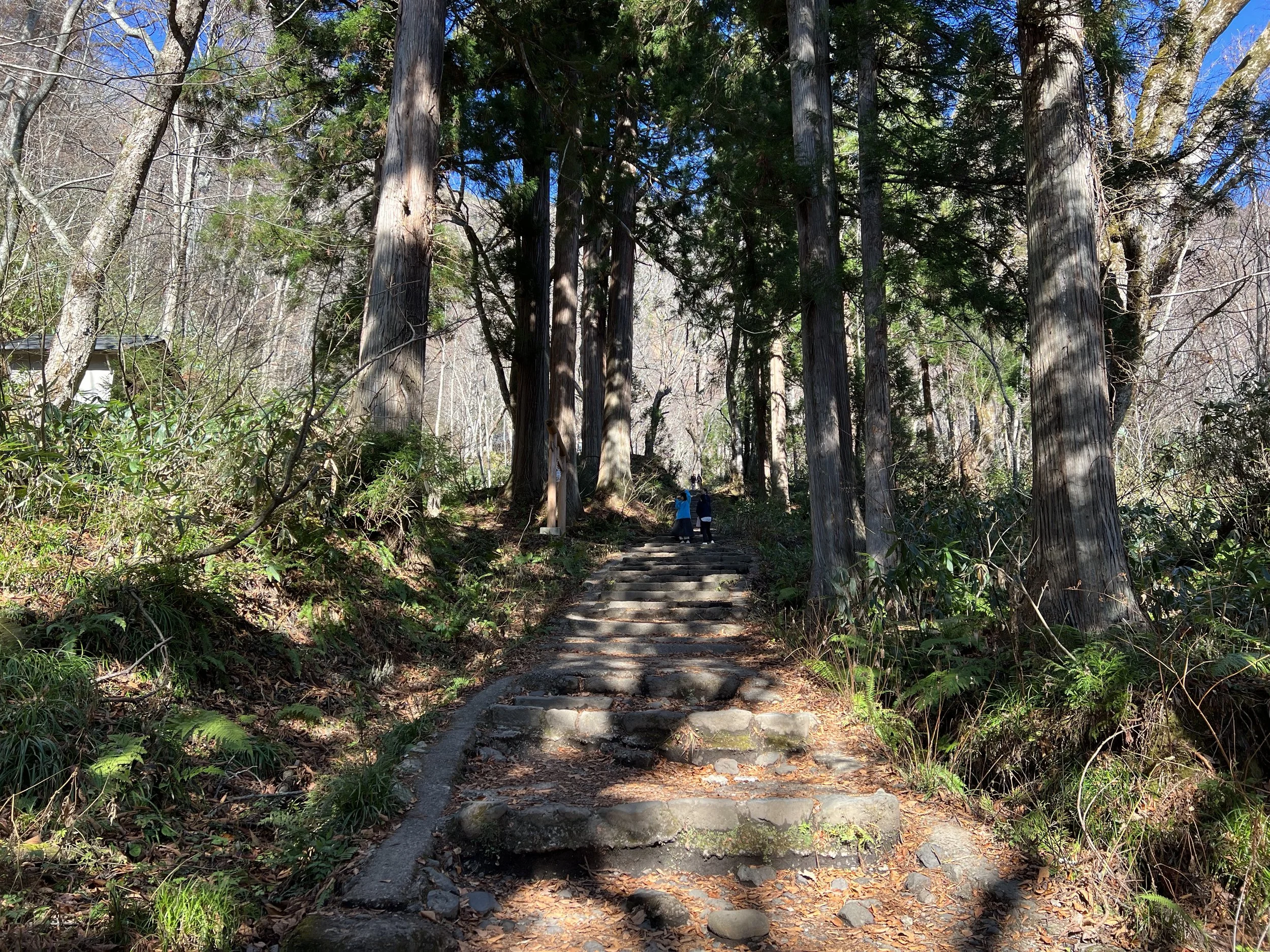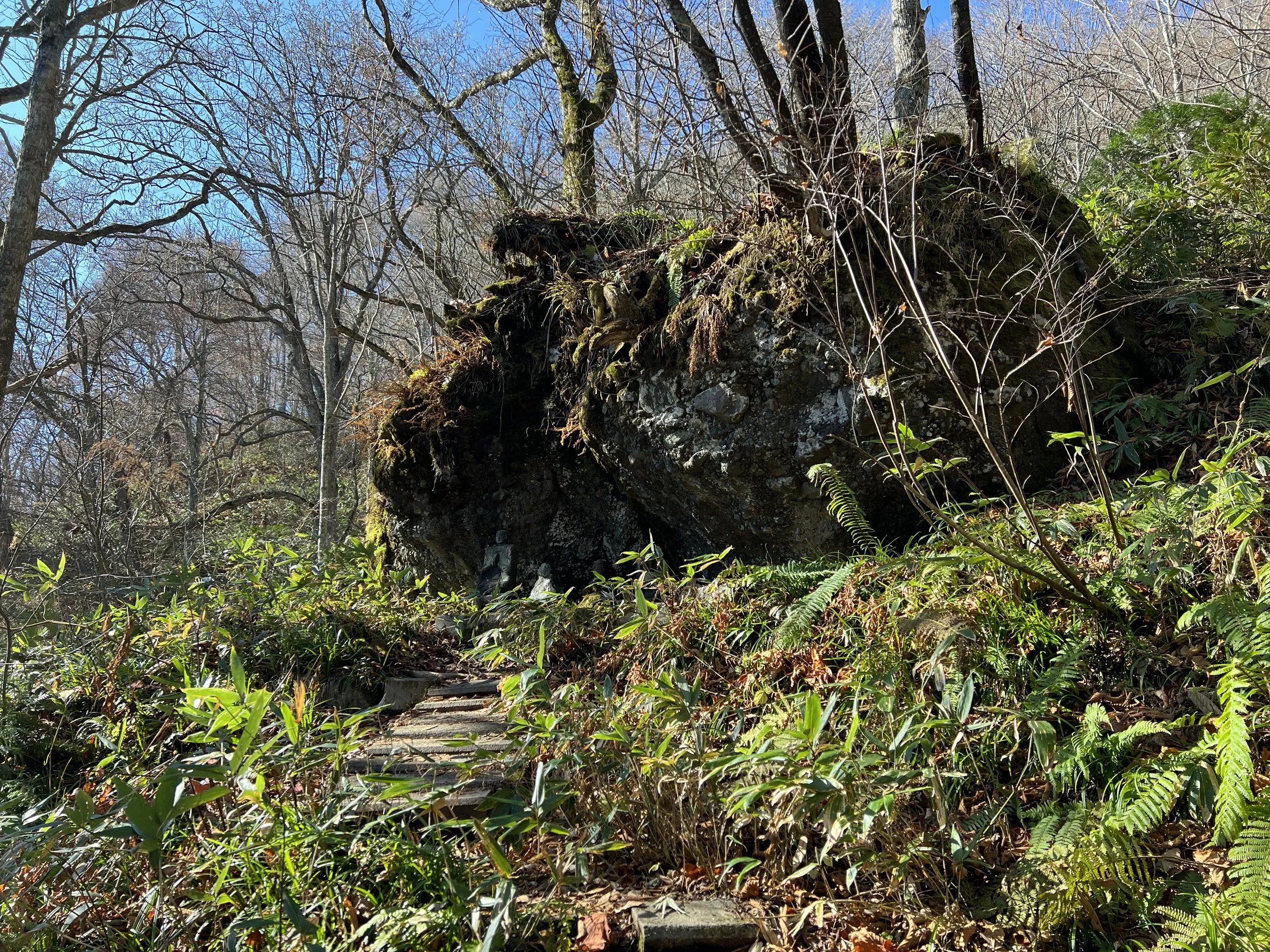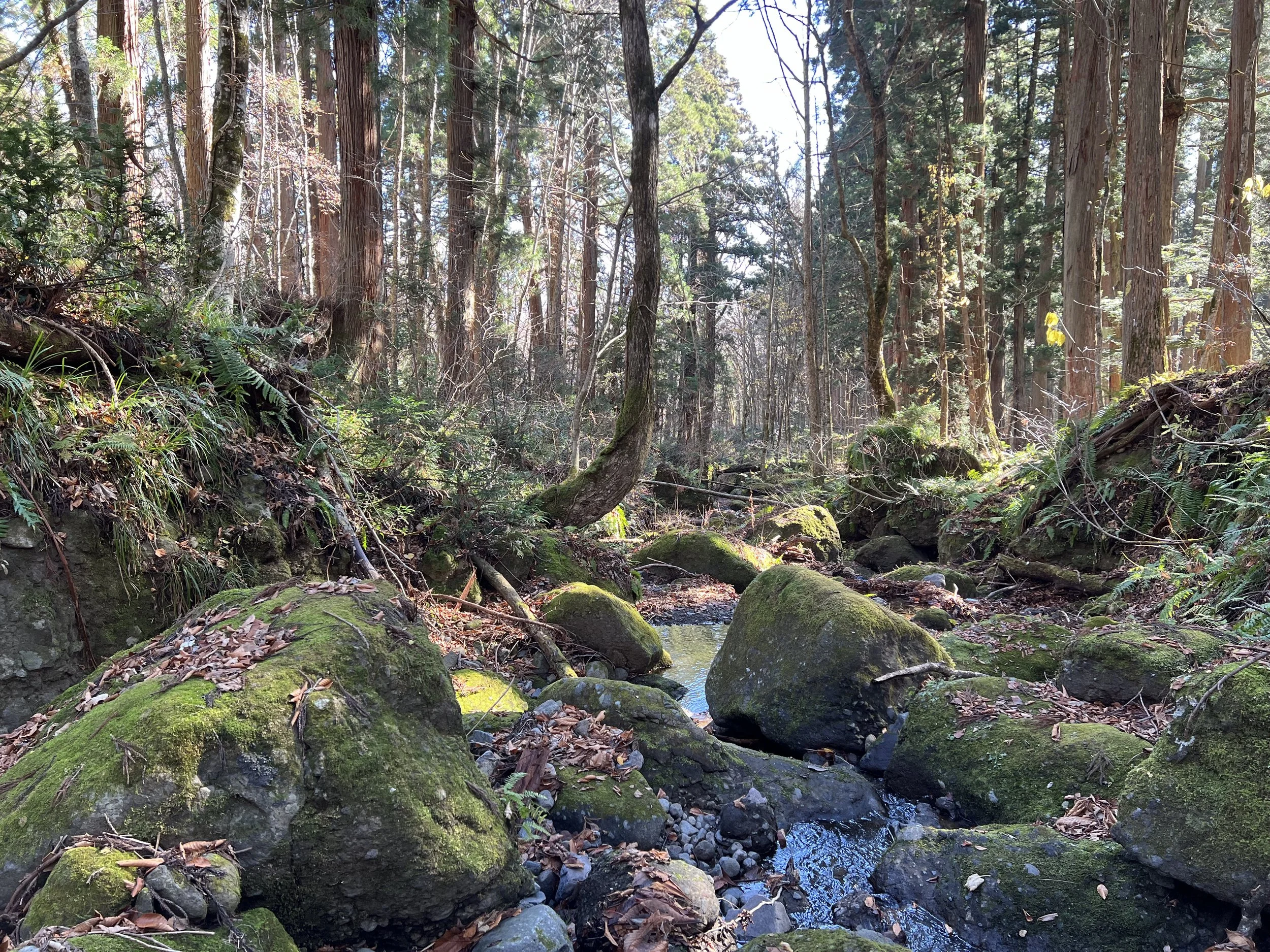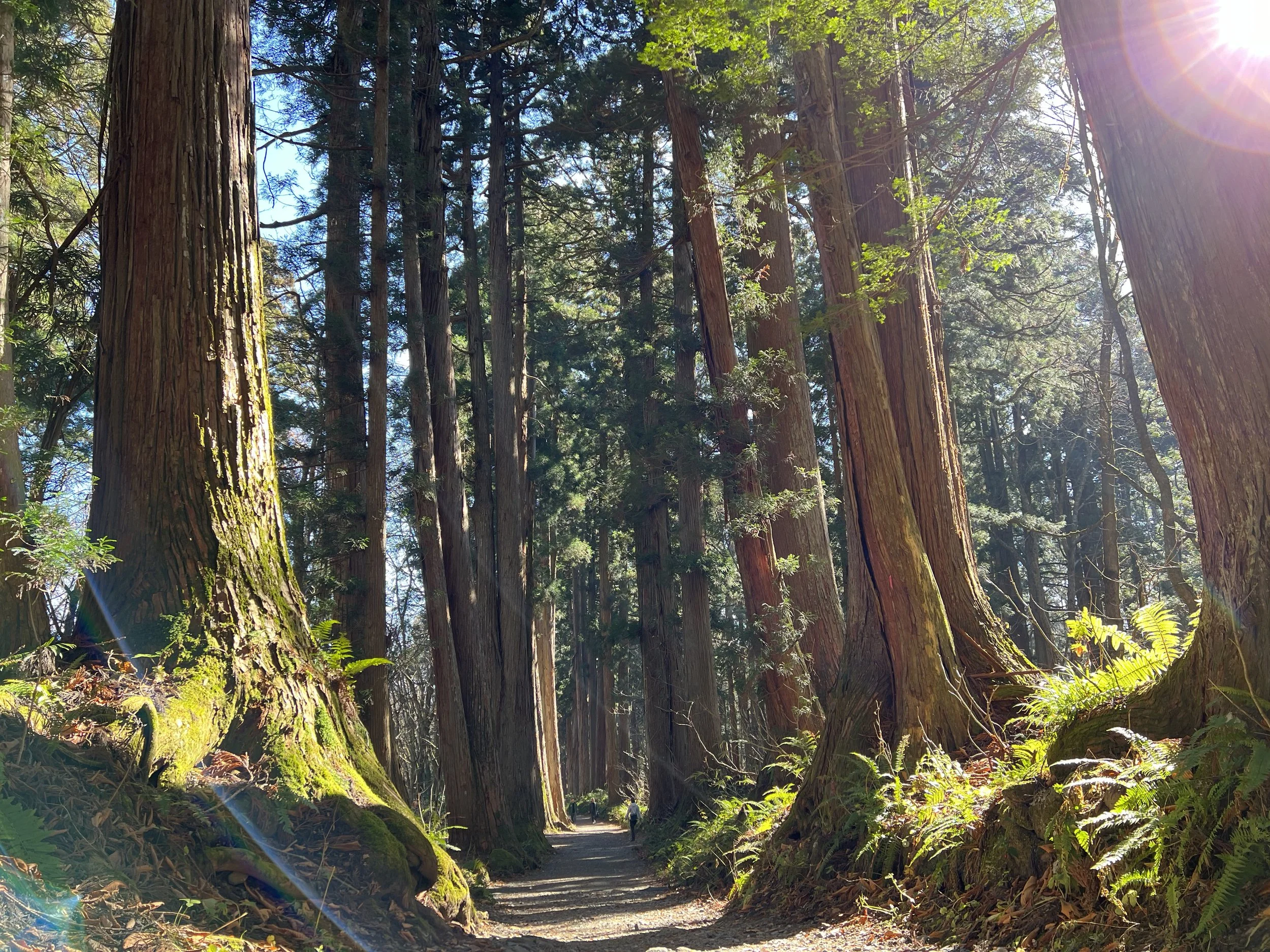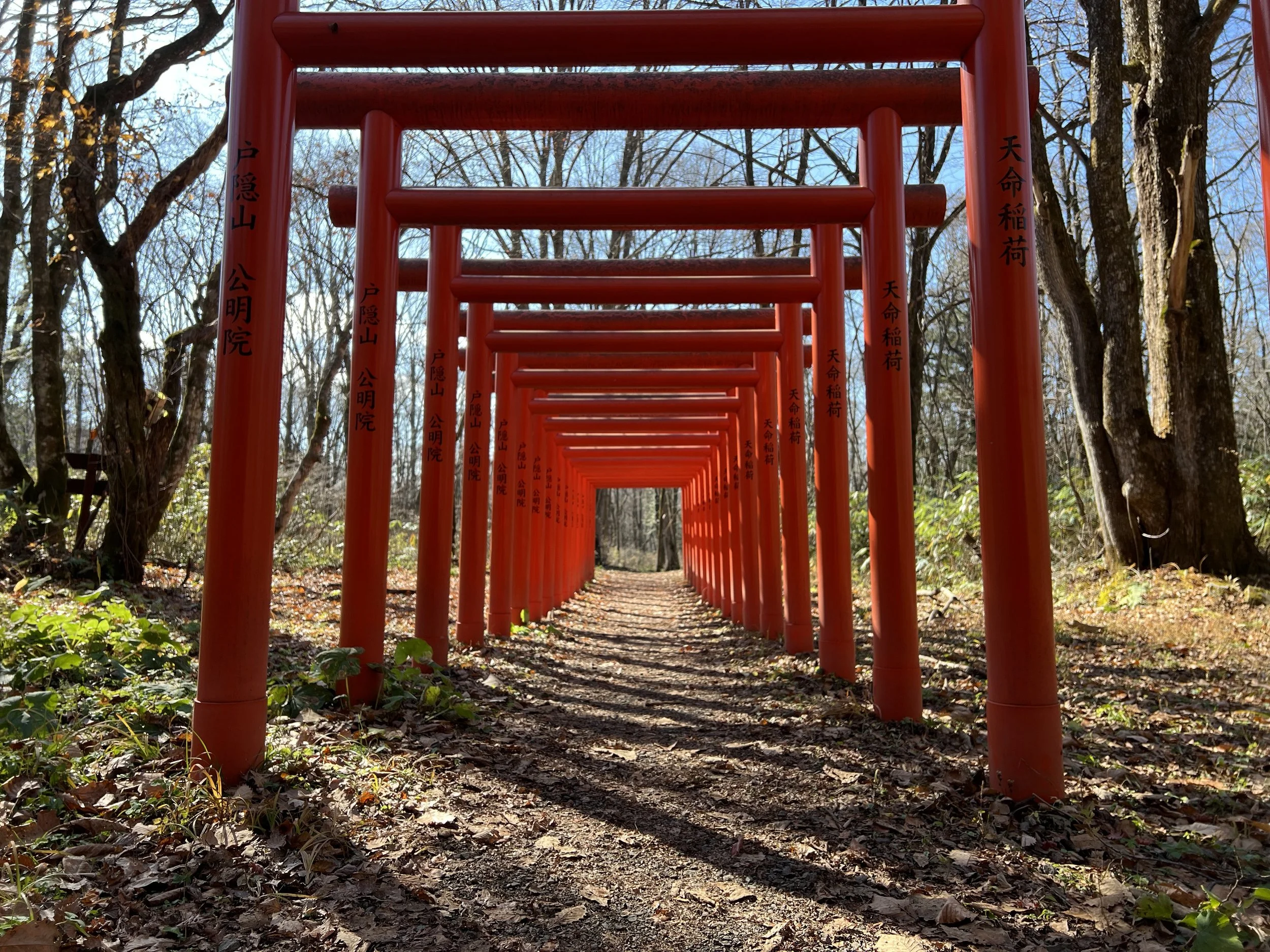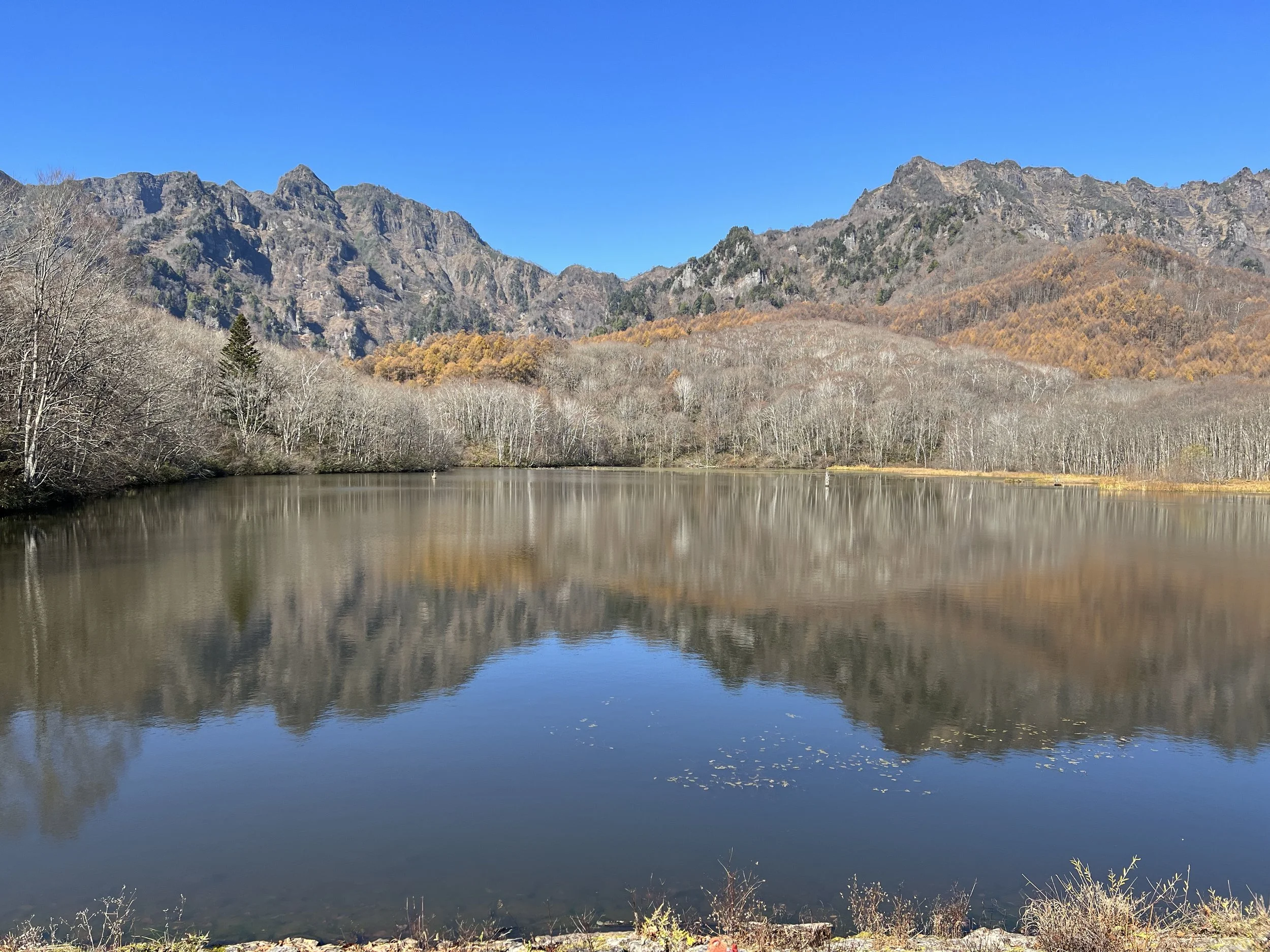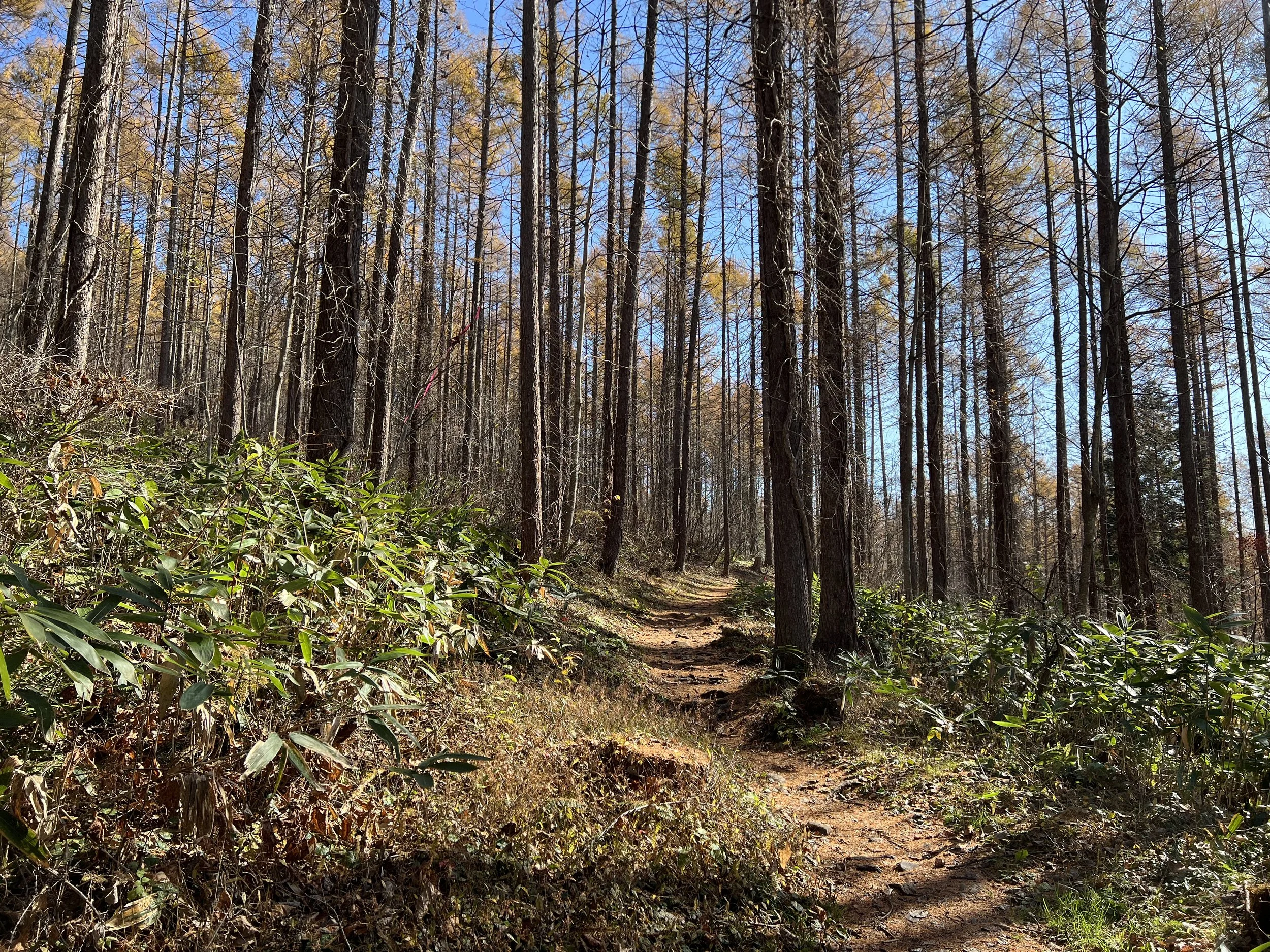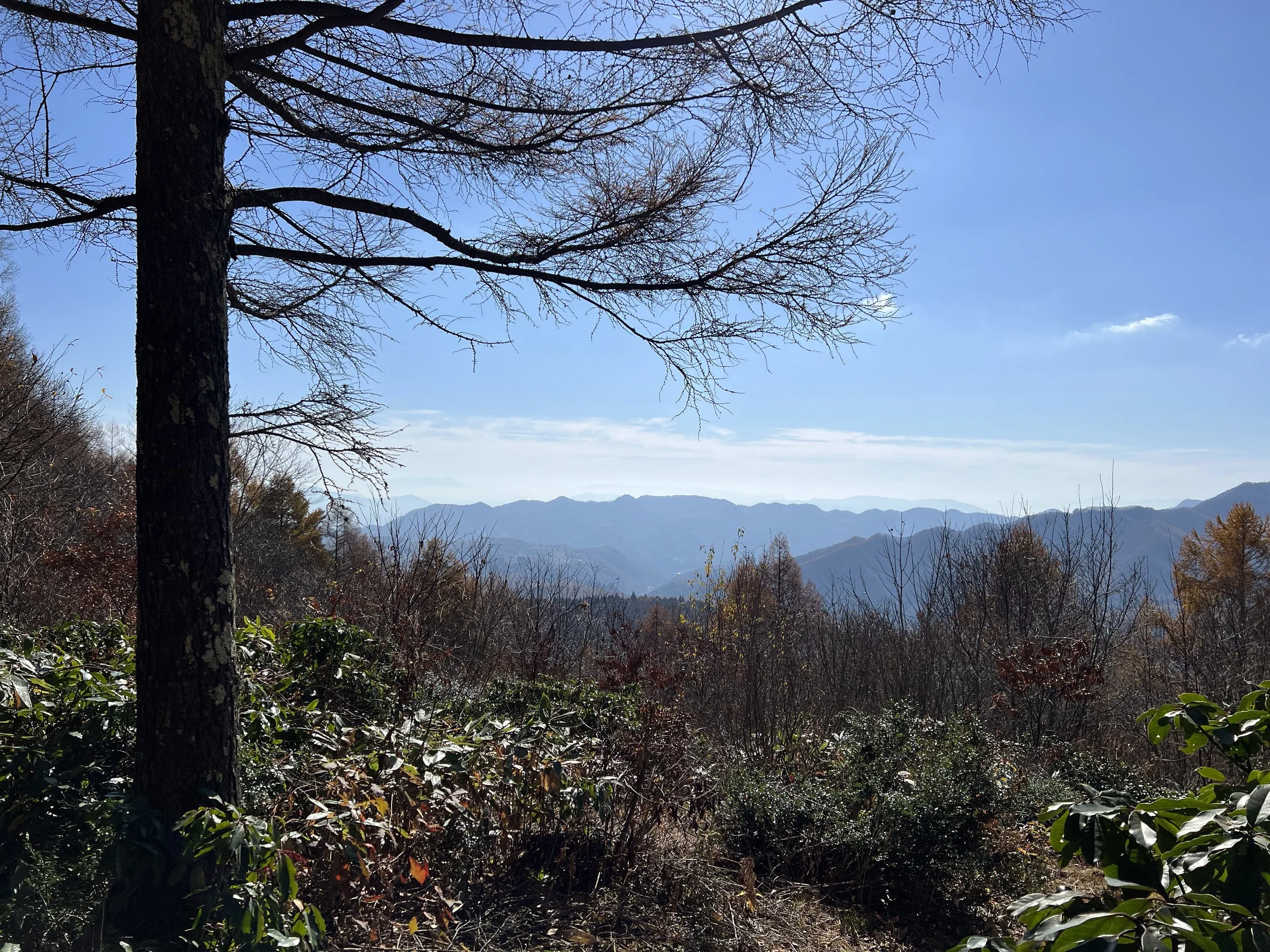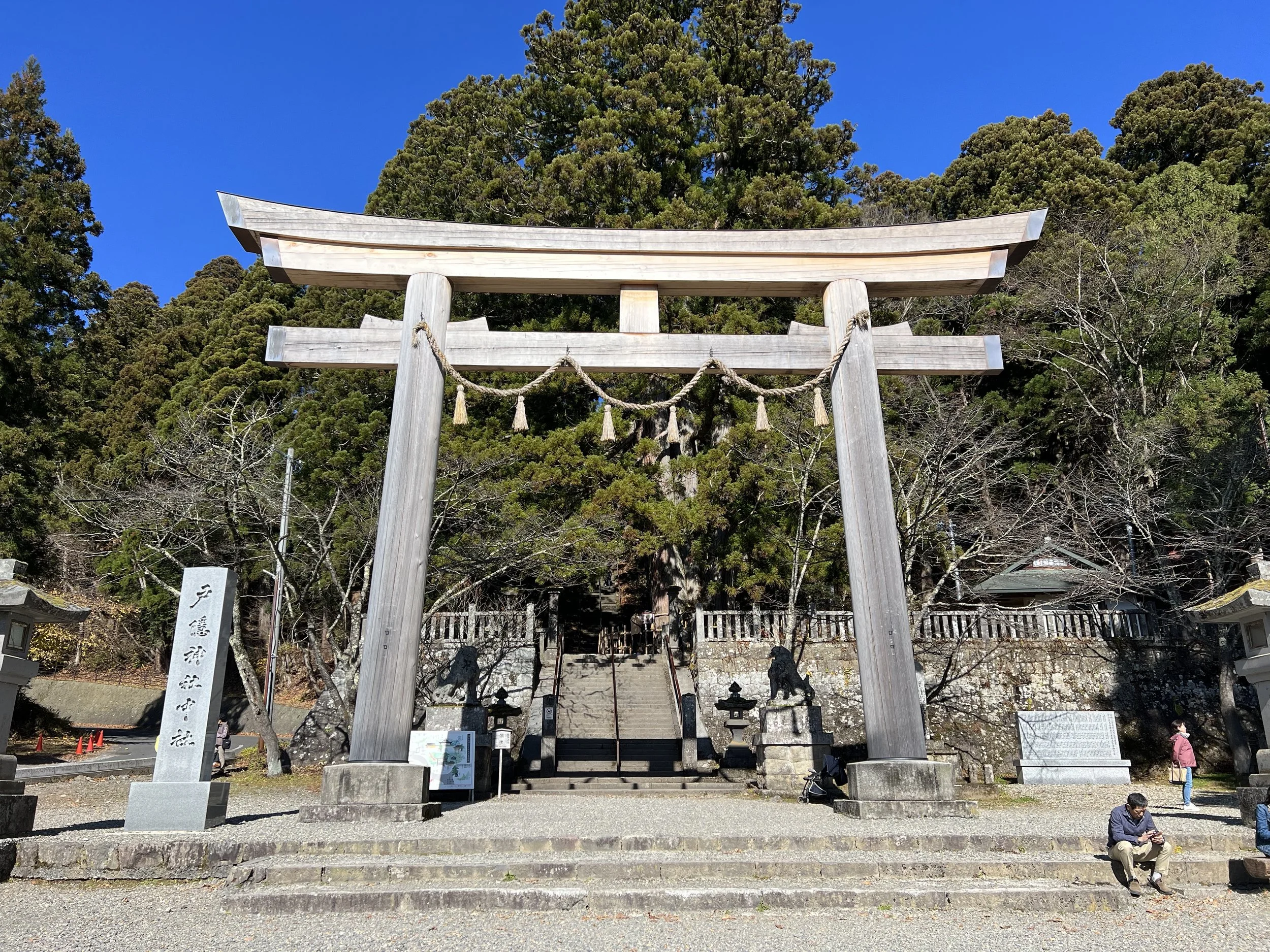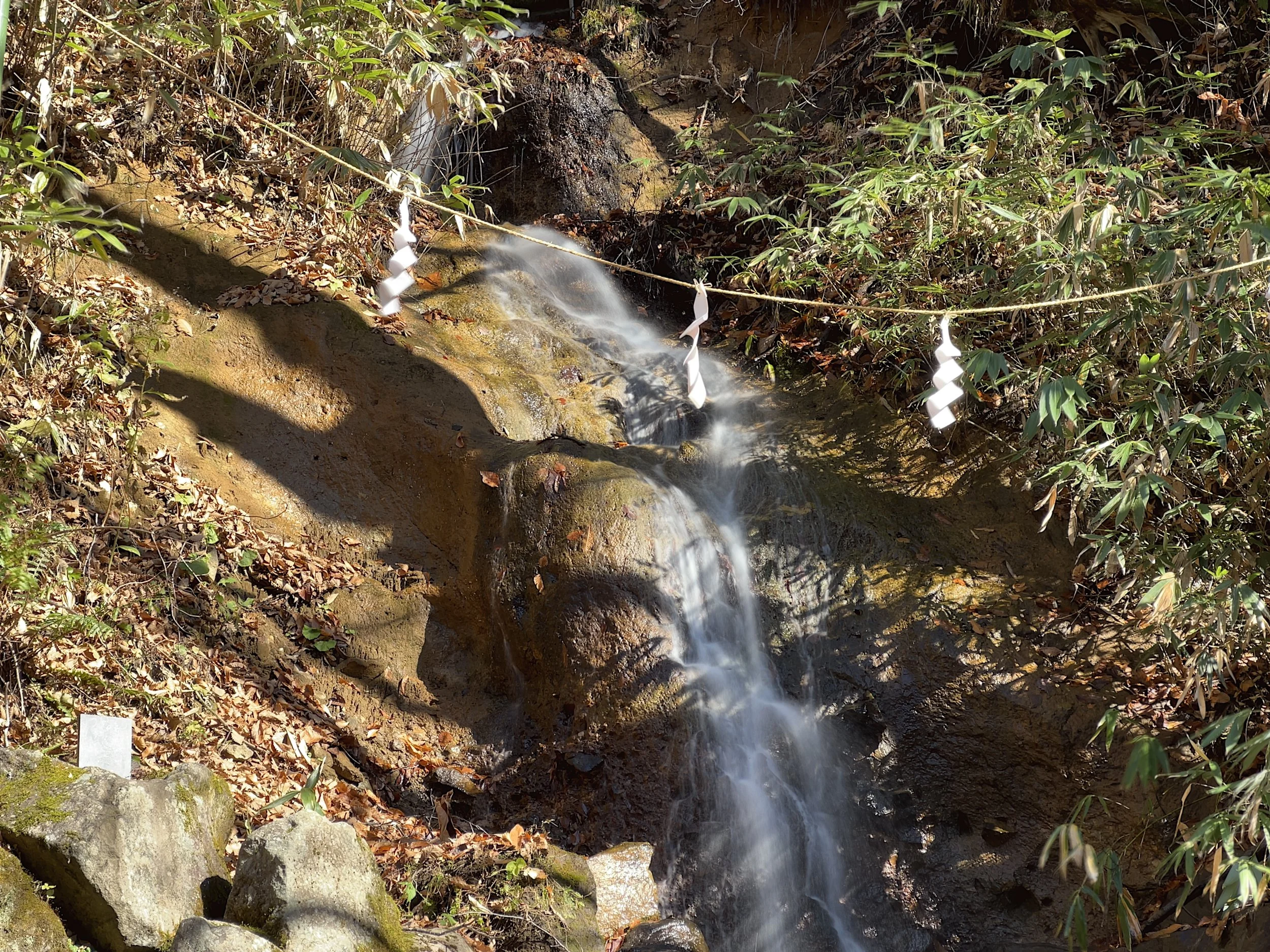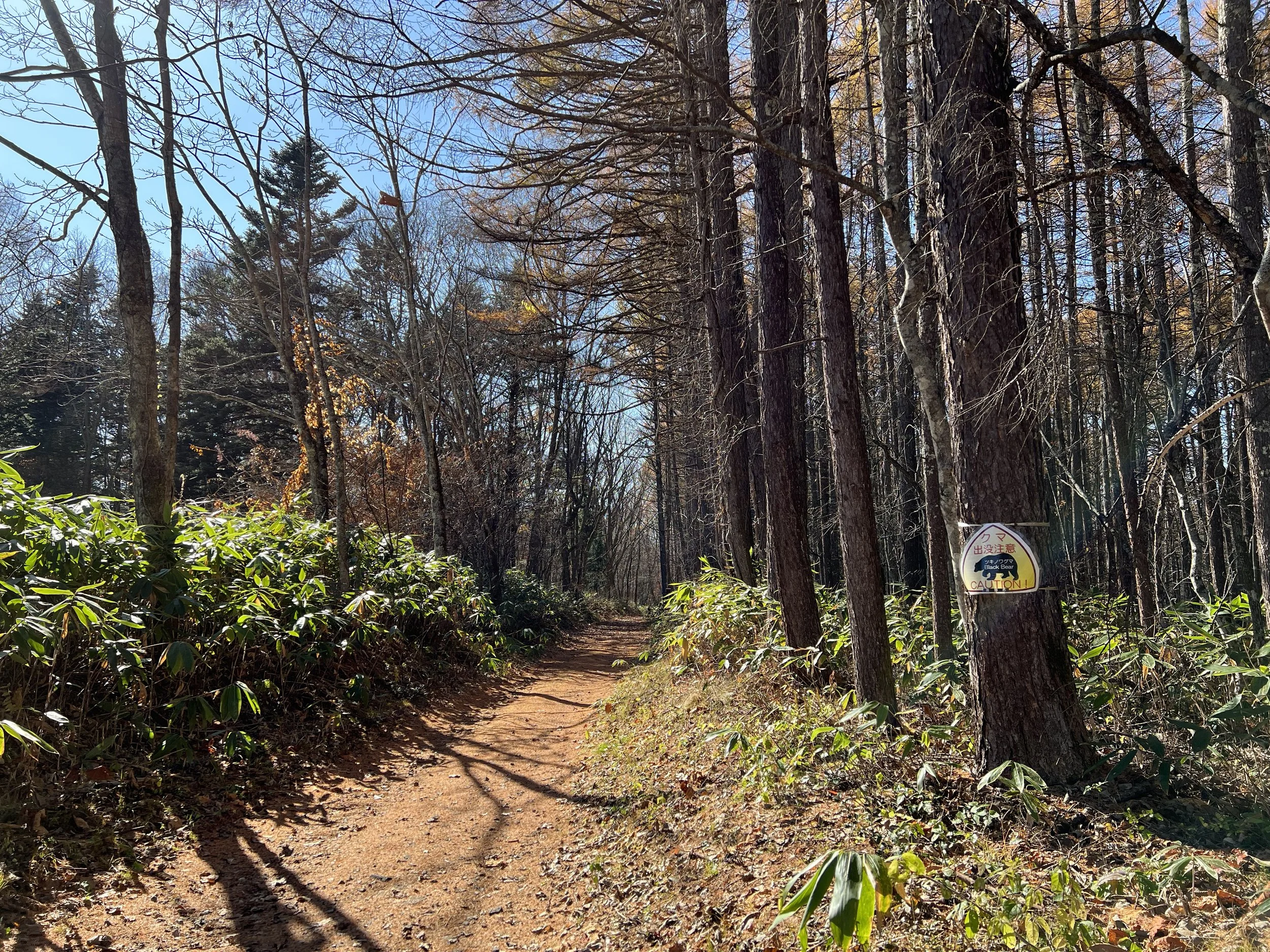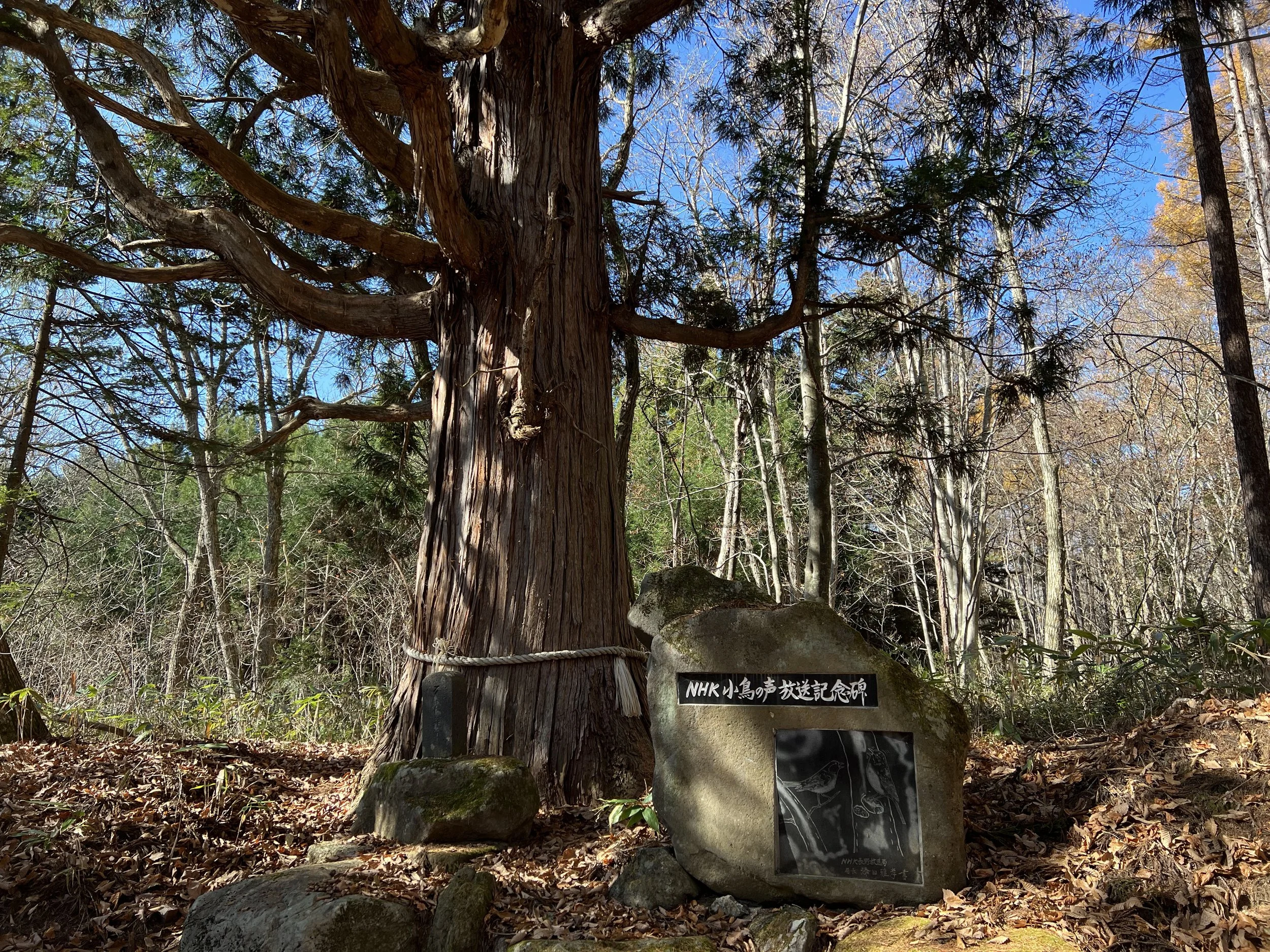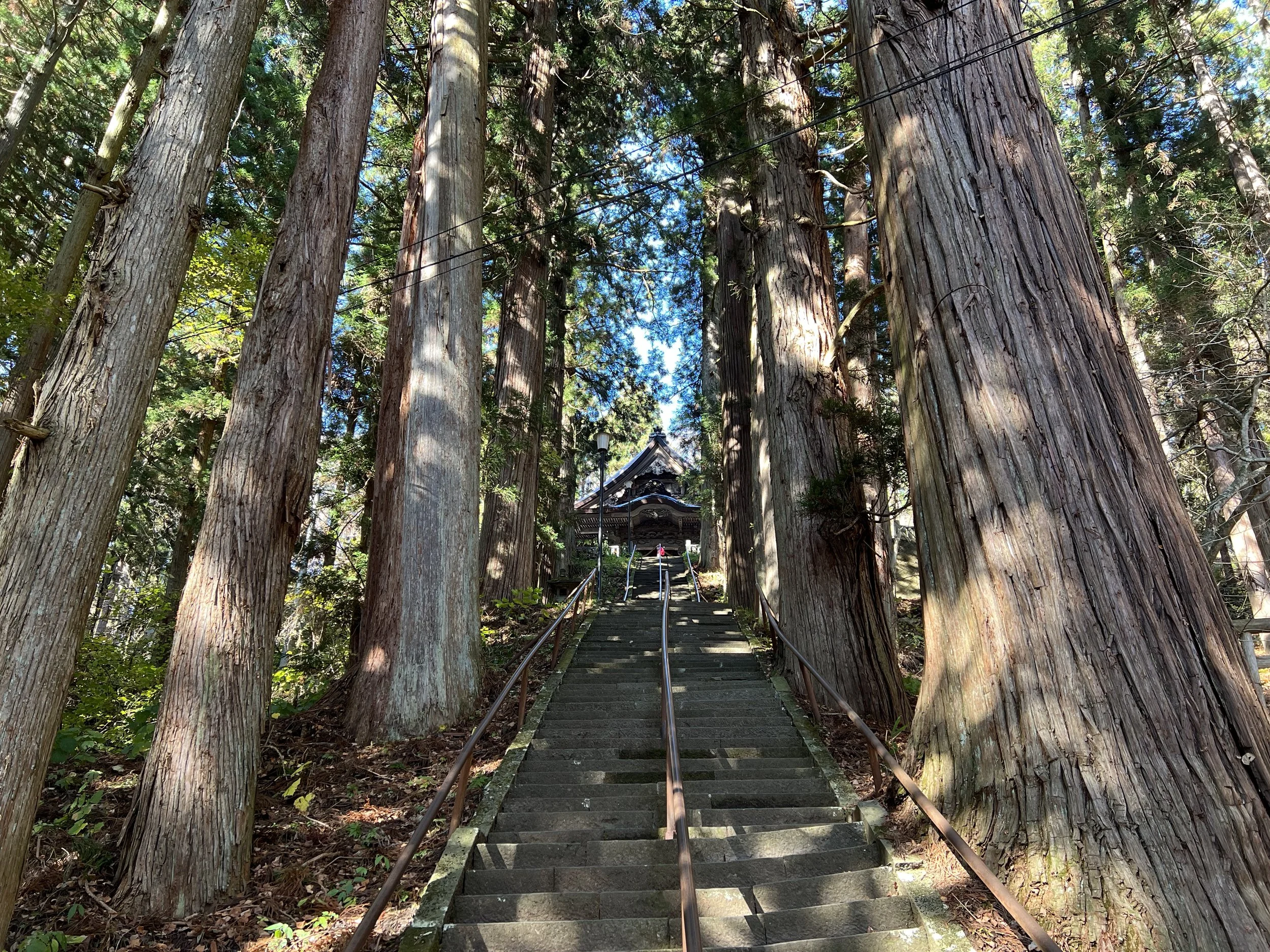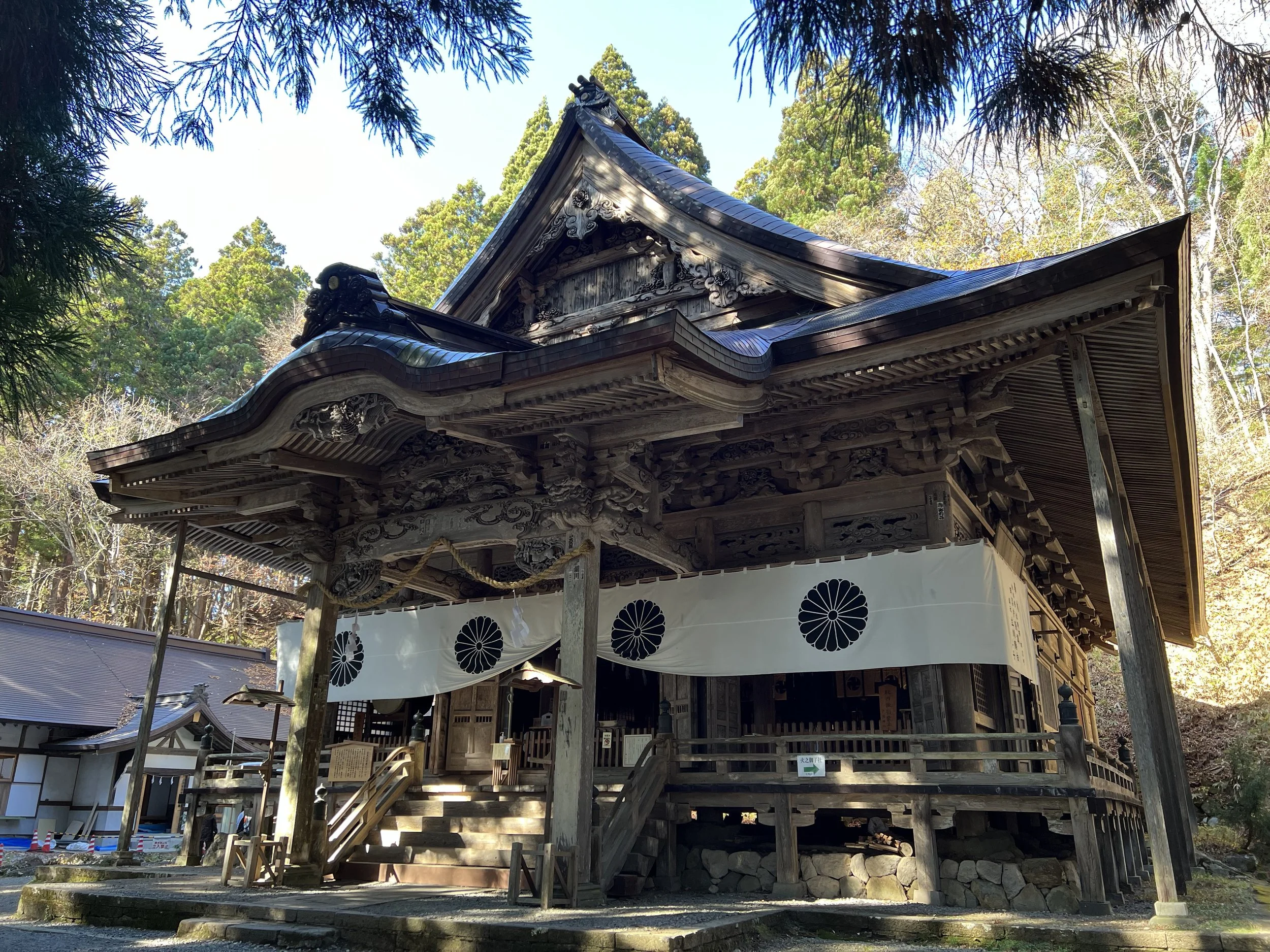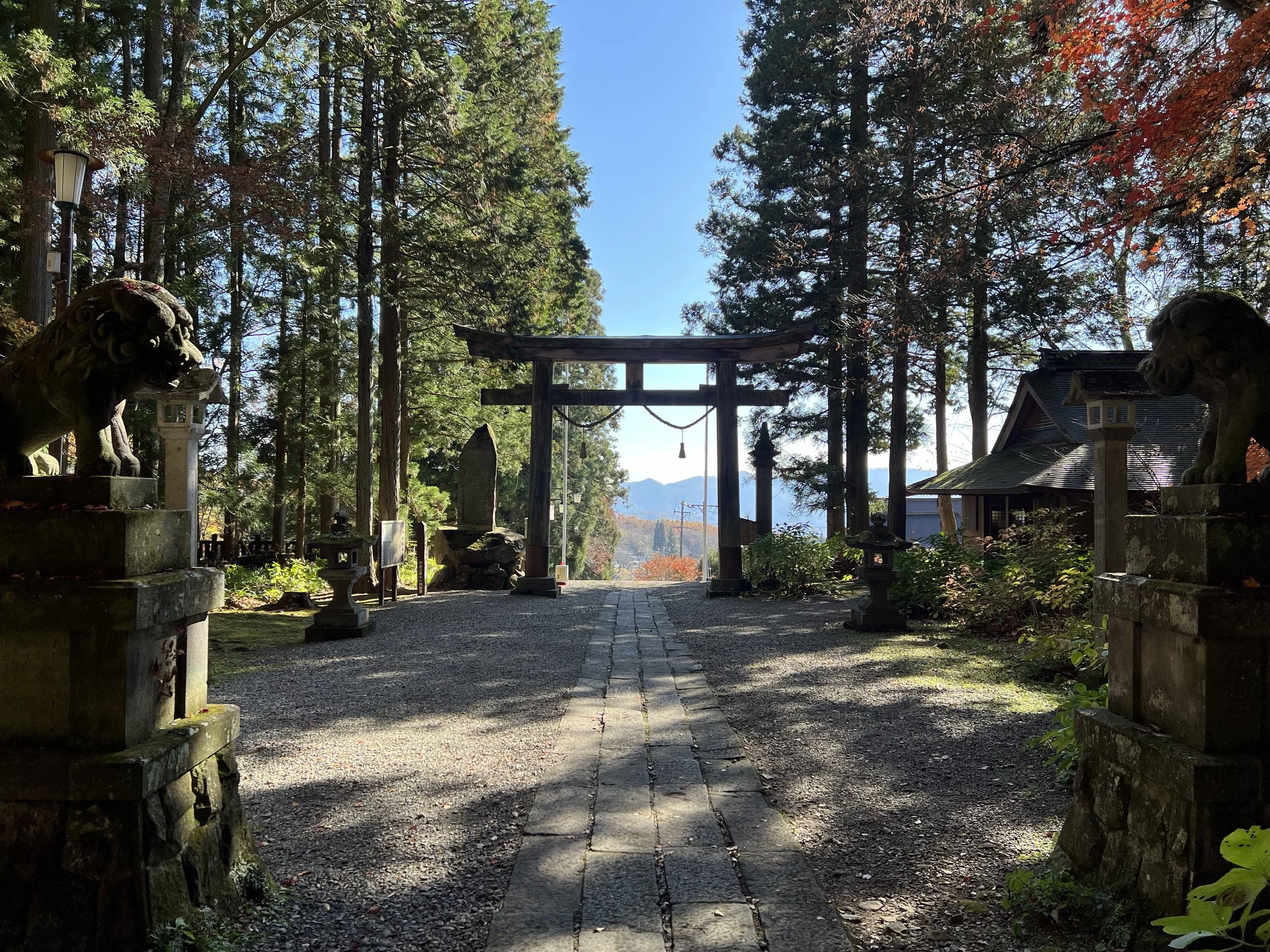Togakushi Shrine - Nagano, Japan
What first drew me to Togakushi in Nagano was the iconic cedar-lined path leading to the upper shrine. Togakushi Shrine is a sacred complex made up of five shrines — the lower, middle, and upper main shrines, along with smaller ones dedicated to various deities. Together, they honour gods linked to Japanese mythology, particularly the legend of the Sun Goddess Amaterasu, who once hid in a cave and took sunlight from the world. When she was finally coaxed out, the stone door to the cave was flung away, said to have landed in Togakushi — a name meaning “Hidden Door.”
I took a bus from Nagano Station using the Togakushi One Day Pass. The ride wound through narrow mountain roads, climbing steadily before reaching the upper shrine. I decided to hike downhill toward the lower shrine instead of starting from the bottom.
The two-kilometre cedar-lined approach to the upper shrine was as peaceful and stunning as I had imagined. Sunlight filtered through the towering trees, and the path stayed mostly flat until the final steep stone steps leading up to the shrine.
After a short visit, I began my descent, following a trail that connected the other shrines. Along the way, I passed serene lakes, including Lake Kagami — “Mirror Lake” — where the mountains reflected perfectly on the still surface.
At the middle shrine, I stopped to admire a grove of sacred cedar trees, some more than 800 years old. Their sheer size and presence were awe-inspiring. Eventually, I reached the lower shrine, marked by a grand torii gate at the entrance. There, I met an elderly couple who were surprised to see me hiking in shorts during winter. We chatted briefly, exchanged candy, and they wished me a pleasant journey through Japan.
That warm encounter became the highlight of an already incredible day. I’d love to return someday — walking among those ancient cedars felt like stepping into another world.
History & Background
Togakushi Shrine (戸隠神社) is a Shinto complex nestled in the mountains northwest of Nagano City. It consists of five shrines — Hokosha, Hinomikosha, Chusha, Kuzuryusha, and Okusha — each honouring different deities connected to Japanese mythology. The shrines are spread across forested slopes and linked by hiking trails, with the famous cedar-lined approach to Okusha being one of Japan’s most beautiful pilgrimage paths.
According to legend, the shrines are tied to the myth of the Sun Goddess Amaterasu. When she hid in a cave and plunged the world into darkness, the stone door that sealed her away was thrown to Togakushi, whose name means “Hidden Door.” The mountain has since been considered sacred, symbolizing light’s return to the world.
Shrines Visited:
Okusha (奥社) – The upper shrine, dedicated to the deity Ame-no-Tajikarao, who opened the cave that freed Amaterasu. The cedar-lined path leading here is the most iconic route in Togakushi.
Tenmei Inari Shrine (天命稲荷神社) – A smaller shrine known for its red torii and fox guardians, dedicated to the Inari deity of prosperity and good harvests.
Chusha (中社) – The middle shrine, dedicated to the god of wisdom and leadership. Its grounds feature towering 800-year-old cedars and a peaceful, reflective atmosphere.
Hinomikosha (火之御子社) – Dedicated to the goddess of dance and performance, this shrine celebrates creativity and the performing arts.
Hokosha (宝光社) – The lower shrine, dedicated to the goddess of home life and women, reached by a long flight of stone steps surrounded by forest.
Getting There
The easiest way to reach Togakushi is from Nagano. Several bus operators run routes from Nagano Station to the Togakushi Shrines. Some services require advance reservations, though it’s often possible to board without one if seats are available. Reservations can be made online or at the Alpico Bus ticket office across from Nagano Station.
Route Overview
Distance: 9.91 km (Togakushi Okusha Bus Stop → Togakushi Shrine Houkosha)
Total elevation gain: 207 m
Duration: 2 hr 27 min (with breaks 3 hr 12 min)
Difficulty: Intermediate
Cost Breakdown
Bus Pass: Togakushi 1-Day Pass — ¥3,000
Food: ¥1,980
Vending Machine: ¥140
